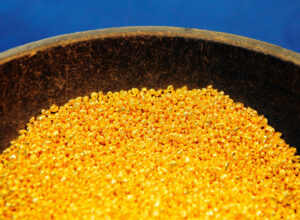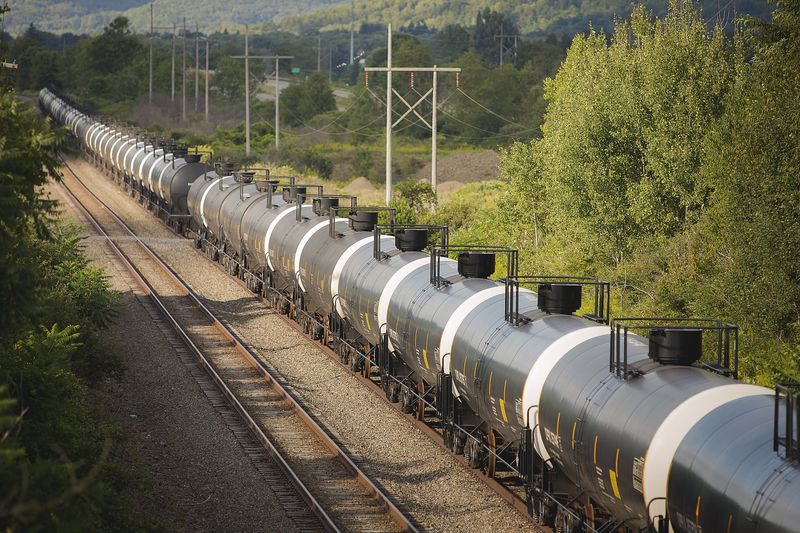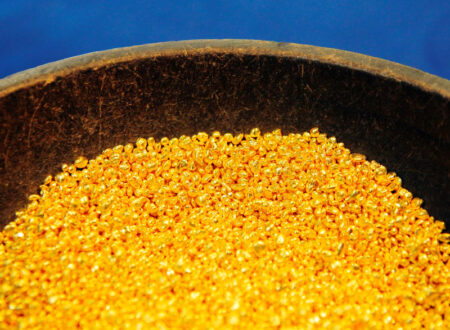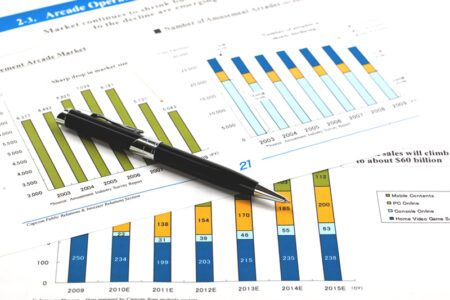By Gary McWilliams
HOUSTON (Reuters) – An oil production breakthrough that producers say can safely tap ultra-high pressure fields could put up to 5 billion barrels of previously inaccessible crude into production, analysts said.
Chevron (NYSE:) on Monday disclosed it had pumped first oil from a field at 20,000 pounds per square inch pressures, a third greater than any prior well. Its $5.7 billion Anchor project employs specially designed equipment from NOV, Dril-Quip (NYSE:) and drillships from Transocean (NYSE:).
The No. 2 U.S. oil firm began pumping from the first Anchor well on Sunday, with the second already drilled and close to being ready to turn on, said Bruce Niemeyer, head of Americas oil exploration and production.
A 2010 blowout at Gulf of Mexico’s Macondo prospect killed 11 workers, fouled fisheries and covered area beaches in oil.
Transocean was the operator of the ill-fated Deepwater Horizon vessel and BP (NYSE:) was the owner of the Macondo project. Both are involved in the new, higher pressure well developments.
Today, the industry is employing new drillships and equipment that has been created to cope with the extreme pressures that are a third greater than encountered in the Macondo failure.
“The industry has done their bit to safely deliver the barrels, with the new technology,” said Mfon Usoro, a principal analyst who focuses on Gulf of Mexico operations at research firm Wood Mackenzie.
The new gear promises Chevron’s Anchor and similar projects by Beacon Offshore Energy and BP will deliver a combined 300,000 barrels of new oil, and put 2 billion barrels of previously unavailable U.S. oil within producers’ reach, she said.
“These ultra-high pressure fields are going to be a big driver for production growth in the Gulf of Mexico,” Usoro added.
The Gulf of Mexico has produced below the record 2019 level of 2 million barrels per day, and the additional oil could help return the region to its peak output.
BP has its own high-pressure technology it hopes can tap 10 billion barrels of known oil. Its first 20k project, Kaskida, was discovered in 2006 and put aside because of a lack of high-pressure technology.
Similar high-pressure, high-temperature oil fields that would benefit from the 20k technology are found off the coasts of Brazil, Angola and Nigeria, said Aditya Ravi, a Rystad Energy analyst. The Gulf of Mexico will be the proving ground for the new gear.
Brazil has major offshore developments that “are prime candidates for future 20k technology application due to their complex high pressure, high temperature environments,” he said.
Including non-U.S. fields, more than 5 billion barrels of known oil and gas of known resources globally could benefit from the technology, Ravi said. Those volumes equate to about 50 days of current global production.
Read the full article here
















